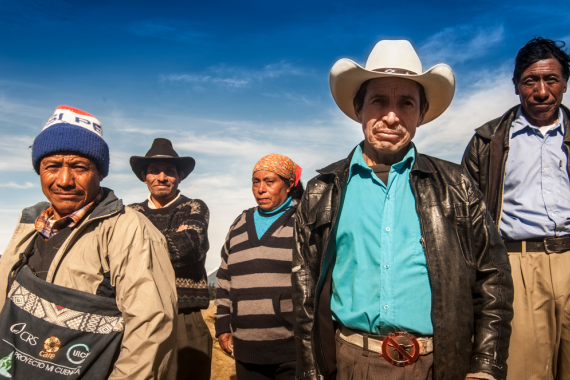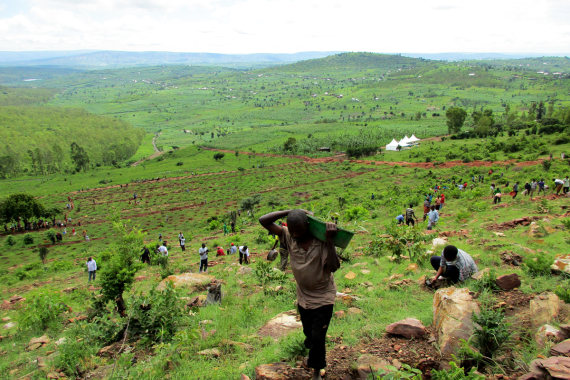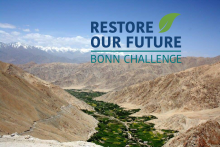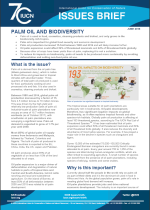Forests
Forests are globally important in regulating climate and locally important in sustaining communities and supporting biodiversity. But they, and the people who depend on them, are under increasing pressure.
News
-
 Sustainably managed mangroves can provide ecosystem services such as coastal protection, food and medicines as well as carbon storage, positively impacting both biodiversity and human well-being. The IUCN Global Standard for NbS provides a tool to help ensure that projects labelled as Nature-based Solutions - for example through restoration of mangroves - do indeed deliver the anticipated benefits to both society and biodiversity.
Photo: Maxwell Ridgway / Unsplash
Sustainably managed mangroves can provide ecosystem services such as coastal protection, food and medicines as well as carbon storage, positively impacting both biodiversity and human well-being. The IUCN Global Standard for NbS provides a tool to help ensure that projects labelled as Nature-based Solutions - for example through restoration of mangroves - do indeed deliver the anticipated benefits to both society and biodiversity.
Photo: Maxwell Ridgway / Unsplash
Follow IUCN Forests
Learn more
Mangrove restoration
Mangroves are critical coastal ecosystems that impact our lives. They nourish biodiversity as nursery grounds for many coastal and marine species and support fisheries. They buffer coastal communities against extreme weather events such as hurricanes, stabilise coastlines and slow or...
The Bonn Challenge
The Bonn Challenge is a global effort to bring 150 million hectares of degraded and deforested land into restoration by 2020 and 350 million by 2030.
Restoration Opportunities Assessment Methodology (ROAM)
The Restoration Opportunities Assessment Methodology (ROAM), produced by IUCN and the World Resources Institute (WRI), provides a flexible and affordable framework for countries to rapidly identify and analyse areas that are primed for forest landscape restoration (FLR) and to identify...
Raising the profile of primary forests including intact forest landscapes
Although restored or even degraded forests can offer some degree of environmental and ecological functionality, they fall short of delivering the full and robust suite of benefits provided by primary forests including intact forest landscapes – forests free of significant human...
Quick reads
Aimed at policy-makers and journalists, IUCN Issues Briefs provide key information on selected issues in a two-pager format.













